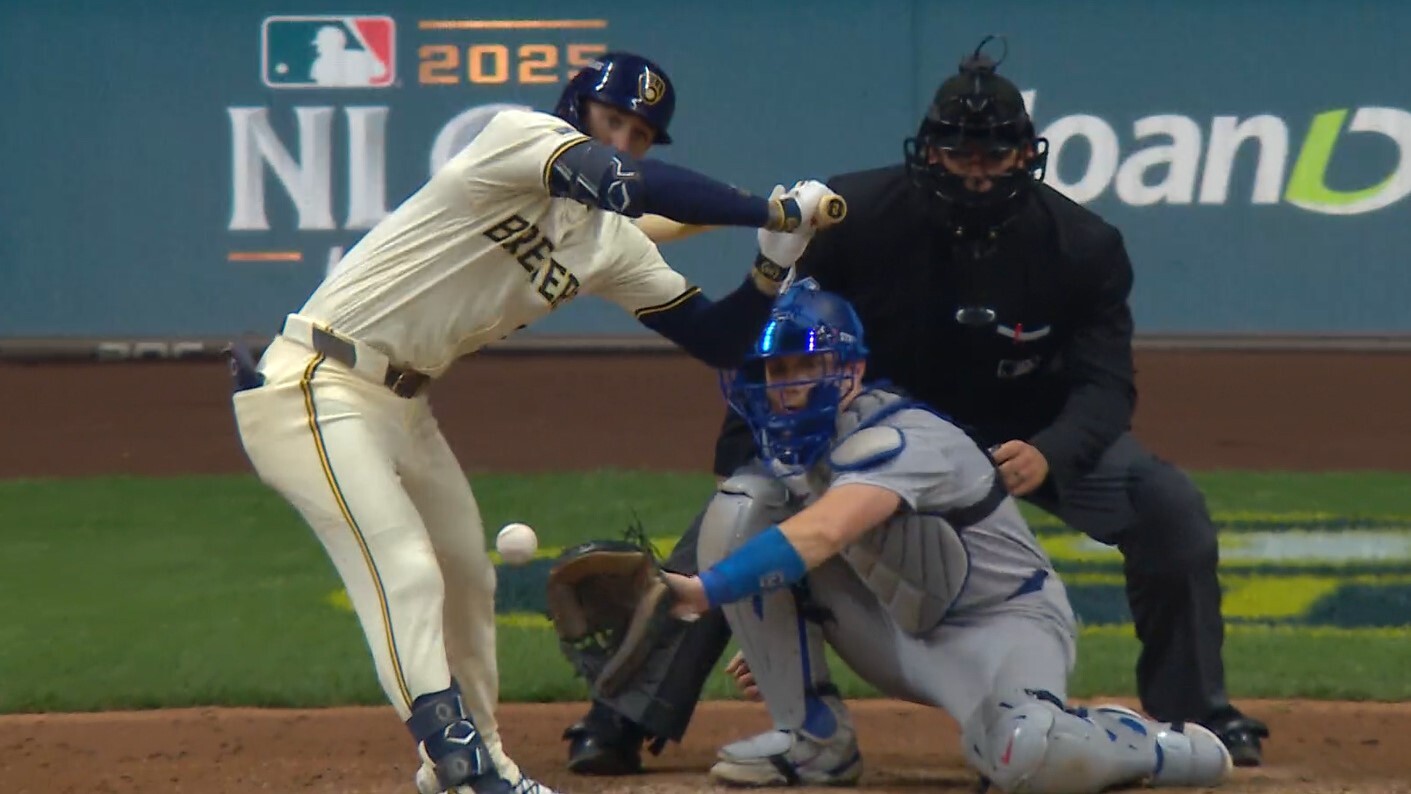
"The point of impact on a baseball is small. You are not hit at first with the whole diameter of the ball. You are hit first with a piece of it the size of a quarter, which is the part that hurts you the most. Immediately after, it swells. There is a red spot that stings a little. You want to touch it."
"You tell your friends you think it will bruise, because it throbs, which means that inside something is bleeding. But that center part doesn't bruise, not at first. The edges, where the injury is the closest to the surface, bruise first: yellow then red then deep purple. A few days later, the center will begin to color in, so that even two weeks later, there is still a mark on you."
"The ball that came for Brice Turang in the ninth inning of last night's Brewers-Dodgers game was an 85-mph sweeper tailing inside. It was a hitter's count, 2-1, and a pivotal moment. The Brewers had entered the bottom of the ninth down 2-0. But after an easy pop fly for out one, the Dodgers ended up in trouble. Issac Collins walked. Jake Bauers pinch hit a double. Jackson Chourio hit the first pitch for a sacrifice fly. 2-1."
A baseball produces concentrated, penetrating pain because the point of impact is small and initial contact is with a quarter-sized area that hurts most. The injured spot swells and forms a red, throbbing center, while bruising appears first at the edges and spreads inward over days to weeks. A typically thrown 75-mph ball causes this pattern on soft tissue; an 85-mph sweeper increases severity. In the game, the Brewers trailed 2-0 entering the ninth, then rallied to load the bases. Brice Turang faced an 85-mph inside sweeper with a 2-1 count that would tie the game if he absorbed the pitch.
Read at Defector
Unable to calculate read time
Collection
[
|
...
]